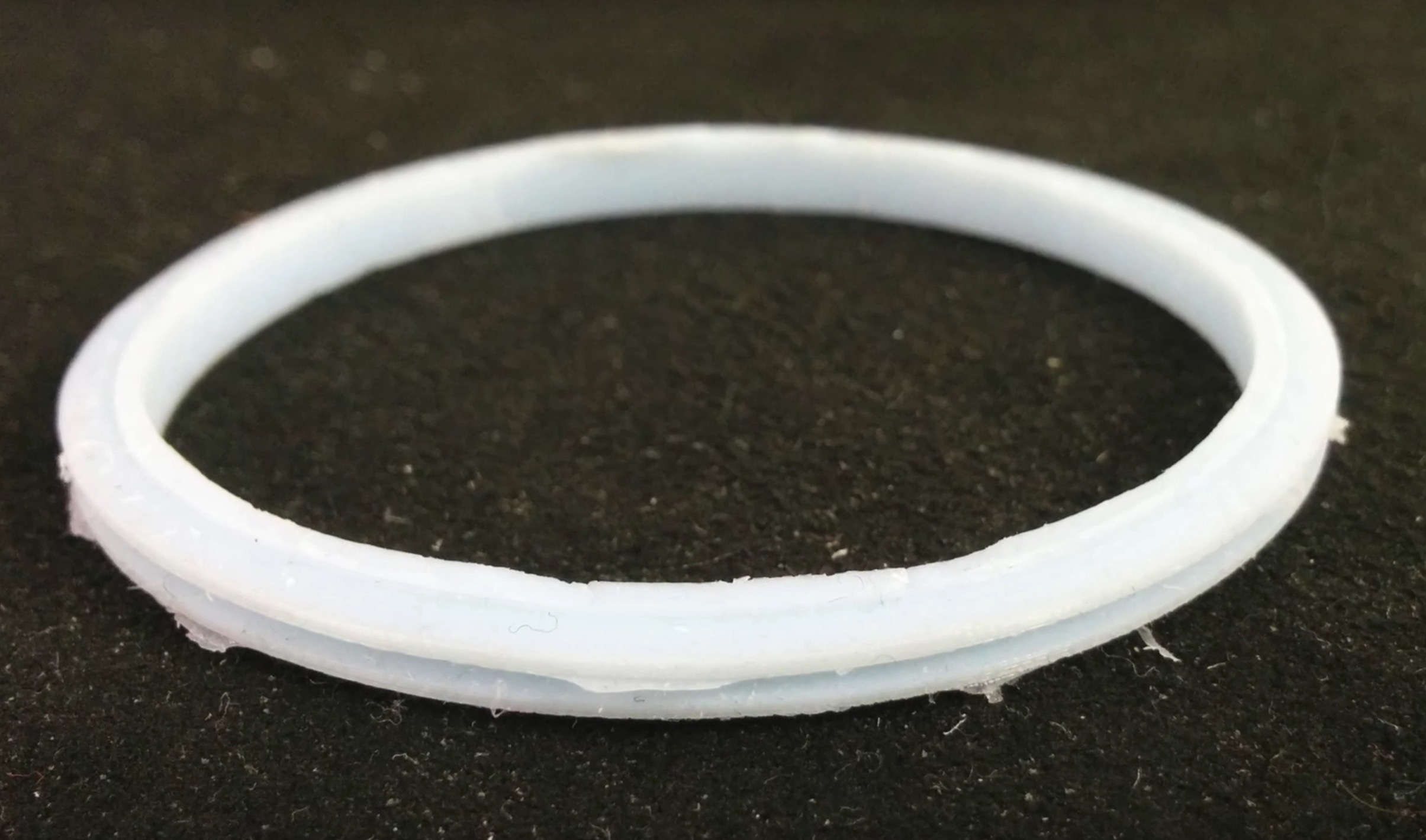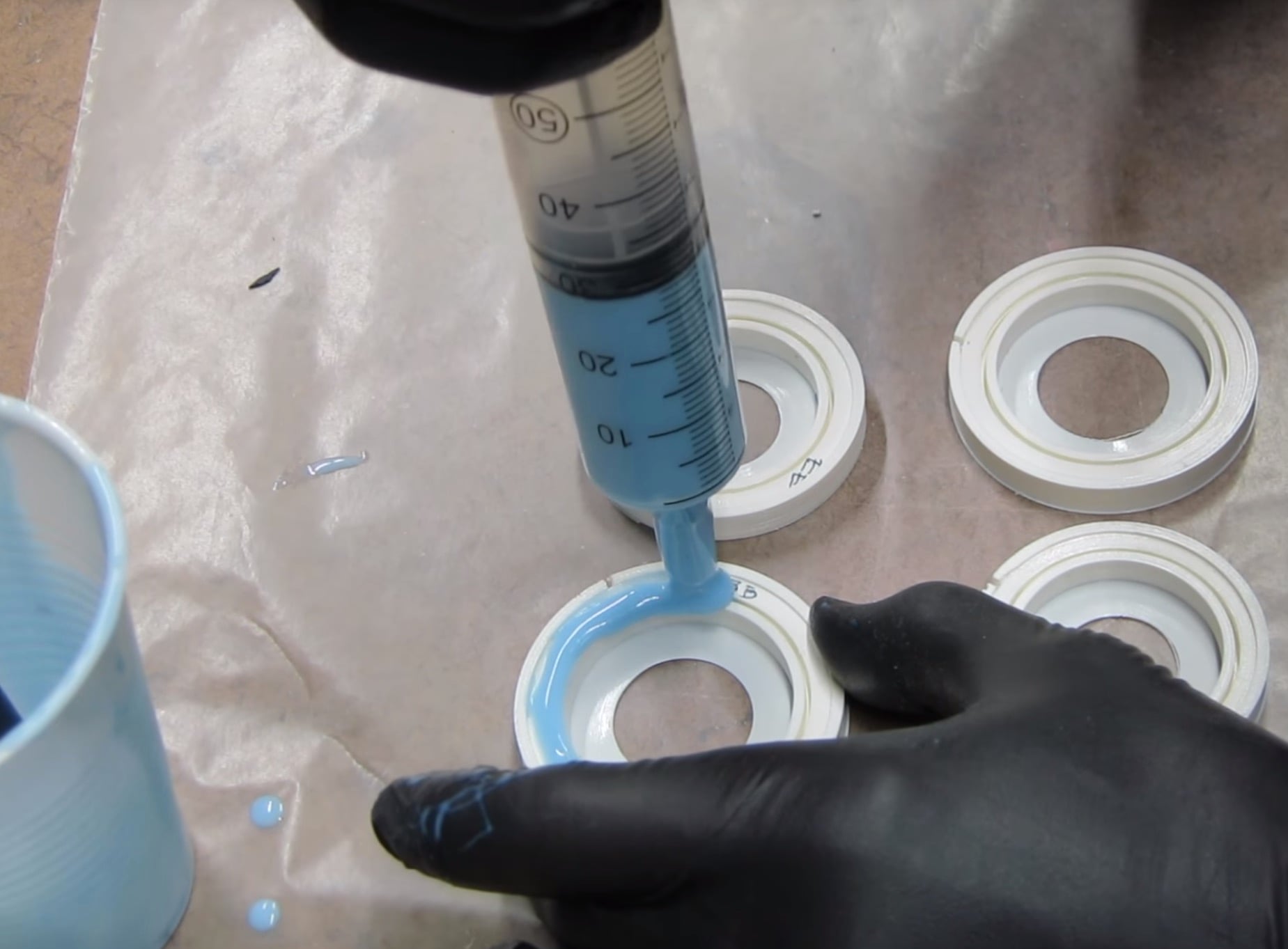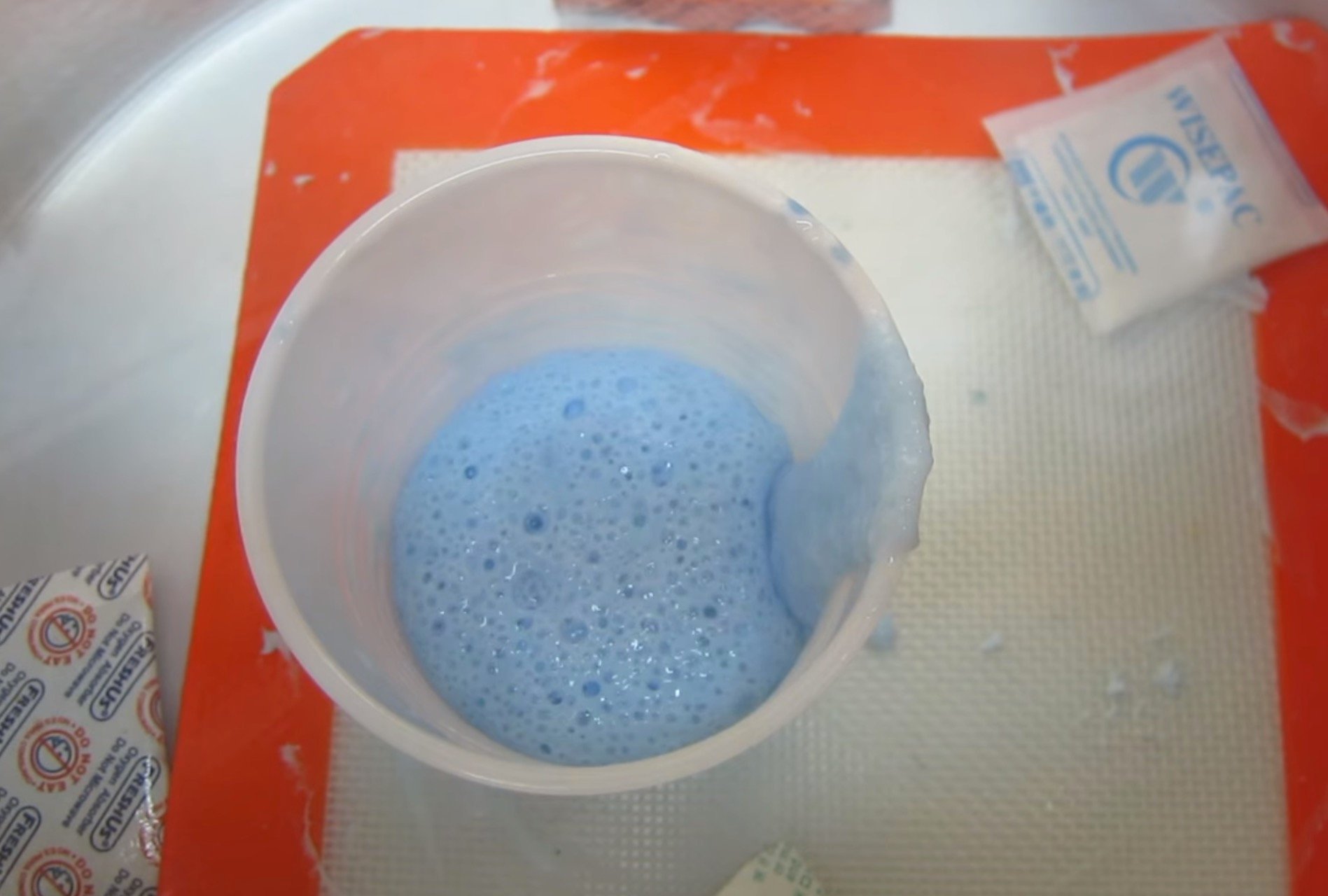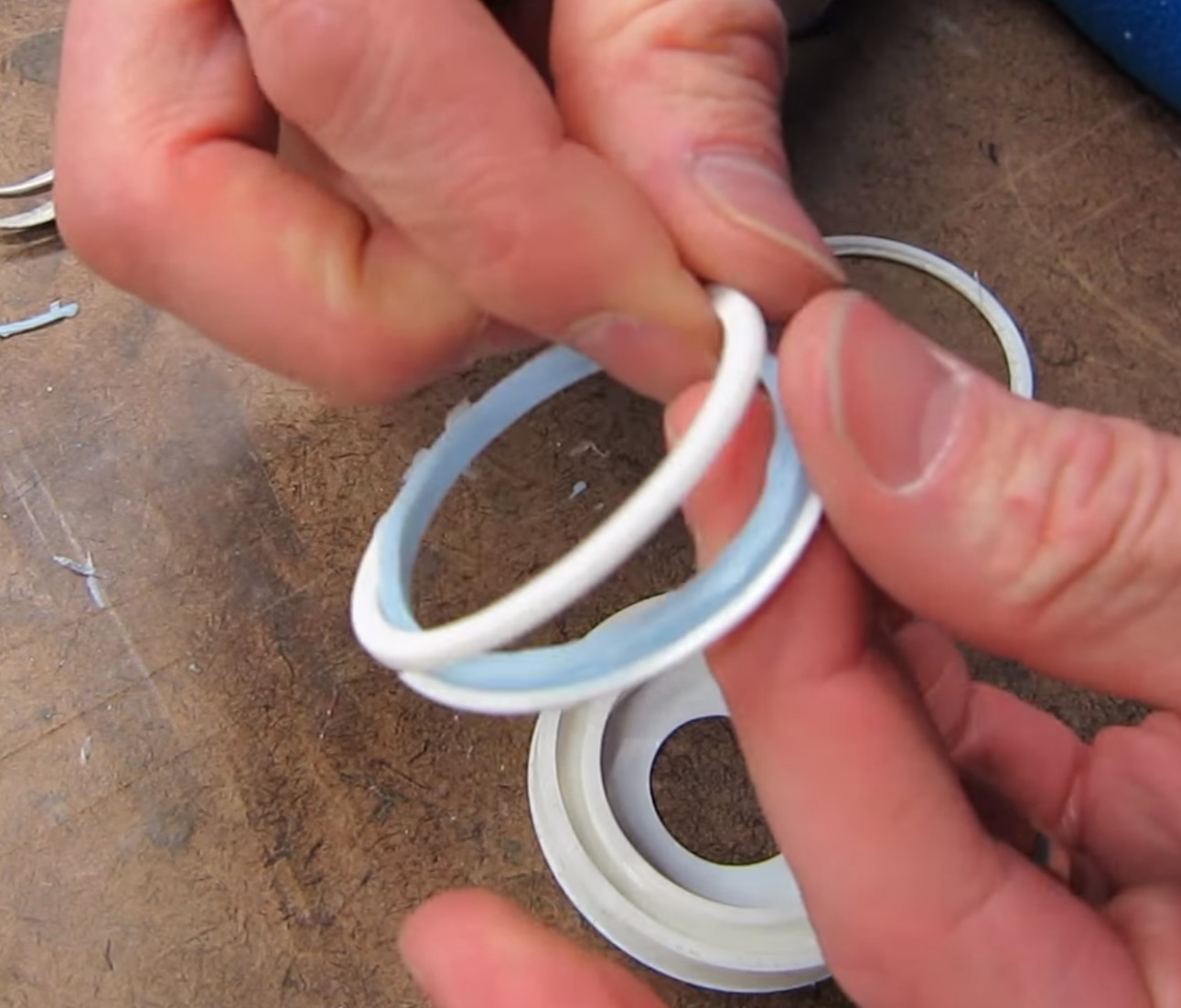
A great video by industrial designer Eric Strebel shows the technique required to successfully cast silicone with 3D printed molds.
While it is possible to purchase a silicone 3D printer, for most people this is not an option as the infrequent printing of silicone may not justify it. However, it turns out that producing silicone objects using conventional 3D printing technology is pretty straightforward, if you have the right equipment.

Industrial designer Eric Strebel’s video below shows his approach, which seems to us to be a reliable method of production. It’s not instant by any means, but it is achievable.
The one piece of equipment required for this approach is a vacuum chamber, which not many people own. However, they’re not expensive as we see several in the USD$100-200 range available on Amazon.
Strebel uses the vacuum chamber to de-gas the silicone, thus ensuring no bubbles appear in the casts.
One aspect not covered in the video is the criticality of the design: you cannot simply cast any shape in silicone, as the geometry might prevent release from the mold after solidification. But in this case, the object being produced is a simple circular gasket, which is very easily cast.
Strebel 3D printed several interlocking parts which became the mold, and design of the mold is also critical. The several pieces must be tightly fit together to prevent leaks, yet also provide a means of access for silicone injection. There must also be a way (or ways) for air to escape, lest it be captured in the liquid silicone.
By gaining the ability to cast in silicone, you can broaden the types of objects you can produce: gaskets, flexible elements, covers and more componentry can be produced, making your projects a lot more sophisticated.
Via YouTube



